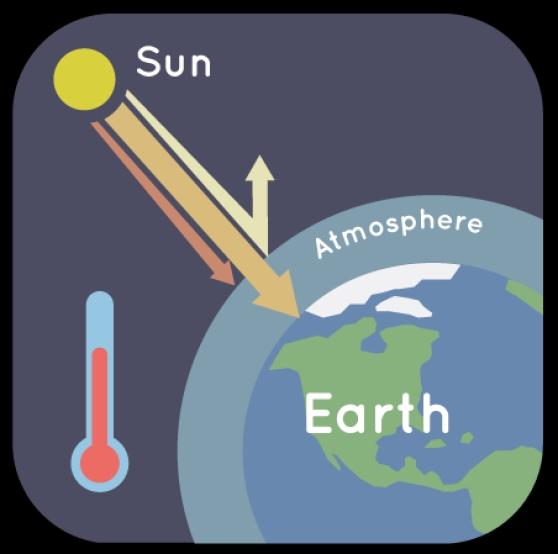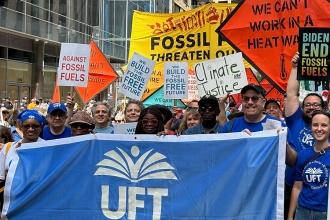
As we in New York City feel the effects of climate change on our everyday lives, the call to integrate climate education across the curriculum grows stronger. This school year, the Department of Education moved closer to that goal by creating four Climate Action Days, each with a specific focus: Dec. 6: energy; Feb. 7: waste; April 17: health, wellness and green space; and June 12: water.
With all the priorities teachers have to juggle, adding one more may sound daunting, but your effort will make a difference. Studies show that educating students about climate change can itself lead to reduced carbon emissions. Arming our students with knowledge to help them meet one of the biggest challenges of their lifetime could not be of greater importance.
If you are planning to create lesson plans related to the Climate Action Days or want to integrate climate change more regularly in your classroom, there are many high-quality materials online.
Teachers who are part of the DOE’s Climate Education Leadership Team have developed curricular materialsfor fellow city educators. The New York City-based Climate & Resilience Education Task Force has developed an educator toolkit and the city's Department of Environmental Protection has developed a climate change module for teachers.
NASA’s Guide to Climate Change for Kids offers younger students age-appropriate activities. The American Museum of Natural History’s Ology pages contain interactive games and lessons. Subject to Climate is a free hub with cross-curricular K–12 resources. The U.S. Environmental Protection Agency shares federally-created teaching materials.
Online simulations and media-rich visuals demonstrate how our world has and will transform. Some websites include historical data and imagery so we can see a timeline of change; others predict outcomes based on what interventions may or may not occur.
- Google Earth: Its tours depict rising sea levels, deforestation and air pollution in New York City and locations around the world.
- Climate Impact Lab: Its map contains historical data and predicts temperature rise, adjusting for the amount of emissions.
- Climate Central: Its coastal-risk screening tool shows areas that will be underwater by a certain year or temperature.
- En-ROADS Solutions: It demonstrates the impact of different variables on our climate, such as increased energy efficiency or continued reliance on coal and oil.
- The Carbon Map: The map adjusts our view of the globe according to which area of the world is most responsible for emissions or which people are most vulnerable to risk.
- Climate Trace: It tracks greenhouse gas output via a map of the world to quickly illustrate who and what cause the most emissions.
Remember that climate change can be an anxiety-producing topic, especially for students who live, or who have family members who live, in vulnerable areas. Don’t share these resources without context and hope. Use examples of how climate change could be slowed if humans enact change.
Allow students to brainstorm solutions and channel their ideas into action plans. The Act Now resource from the United Nations shares practical ways to make a difference and even track their impact.
Sandy Scragg is an instructional technology specialist with more than 15 years of experience in New York City public schools.
Shedding light on a crisis
According to a 2021 survey of city educators, just slightly more than half of us teach students about climate change, and those who do only address it for about two hours per year. A group of dedicated educators is trying to shift that paradigm. These educators advocate for policies to integrate climate education across the curriculum and produce teaching resources to speed their adoption.
